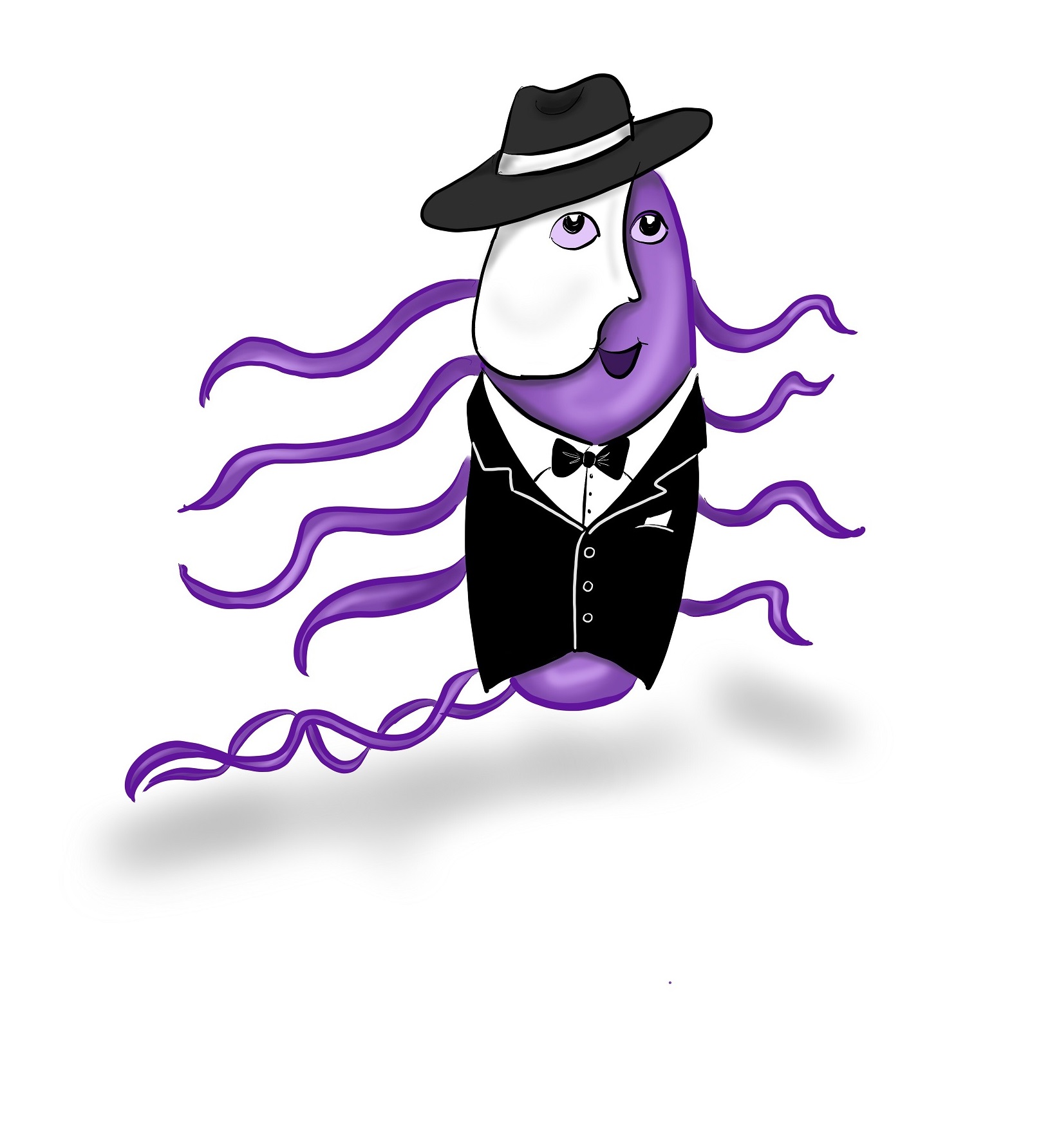Djcamenares (Talk | contribs) |
Djcamenares (Talk | contribs) |
||
| Line 3: | Line 3: | ||
== Realizing a Light-Inducible Kill Switch == | == Realizing a Light-Inducible Kill Switch == | ||
| − | [[File:T--Kingsborough_NY--phantom1.jpg|left]] | + | [[File:T--Kingsborough_NY--phantom1.jpg|400px|left]] |
Organisms engineered by synthetic biologists have the potential to deliver new solutions to a wide range of problems. However, they must be implemented in responsible and controlled ways. | Organisms engineered by synthetic biologists have the potential to deliver new solutions to a wide range of problems. However, they must be implemented in responsible and controlled ways. | ||
| Line 10: | Line 10: | ||
We focused on the development of a light-inducible kill switch; since the bacteria will not be exposed to significant amounts of light within the sewage treatment plant. Other teams have proposed and modeled such switches, but few have successfully built, implemented, and characterized such devices. We will be building upon our past design, as well as improving and completing a previously proposed light-inducible kill switch (in particular, the design of team [https://2016.igem.org/Team:Wageningen_UR Wageningen from 2016]). | We focused on the development of a light-inducible kill switch; since the bacteria will not be exposed to significant amounts of light within the sewage treatment plant. Other teams have proposed and modeled such switches, but few have successfully built, implemented, and characterized such devices. We will be building upon our past design, as well as improving and completing a previously proposed light-inducible kill switch (in particular, the design of team [https://2016.igem.org/Team:Wageningen_UR Wageningen from 2016]). | ||
| − | |||
| − | |||
| − | |||
| − | |||
| − | |||
| − | |||
| − | |||
| − | |||
| − | |||
| − | |||
| − | |||
| − | |||
| − | |||
| − | |||
| − | |||
| − | |||
| − | |||
| − | |||
| − | |||
| − | |||
| − | |||
| − | |||
| − | |||
Revision as of 21:42, 29 October 2017
Realizing a Light-Inducible Kill Switch
Organisms engineered by synthetic biologists have the potential to deliver new solutions to a wide range of problems. However, they must be implemented in responsible and controlled ways.
For example, last year the Kingsborough team focused on engineering E. coli to deteriorate nitrogenous waste in sewage more effectively. However, we found that E. coli can survive in local waterways, which is the ultimate destination for wastewater after treatment. To develop this idea we are focused this year on improving and characterizing a control element, commonly referred to as a "Kill Switch." With this kill switch, we will be able to combat the escape of modified E. coli from the treatment plant.
We focused on the development of a light-inducible kill switch; since the bacteria will not be exposed to significant amounts of light within the sewage treatment plant. Other teams have proposed and modeled such switches, but few have successfully built, implemented, and characterized such devices. We will be building upon our past design, as well as improving and completing a previously proposed light-inducible kill switch (in particular, the design of team Wageningen from 2016).



